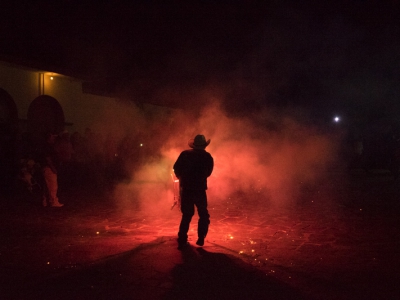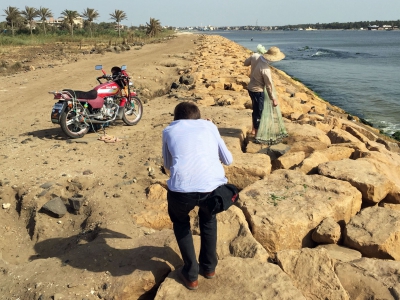Childhood experiences roaming in the wilderness shaped how American photographer Ryan Arthurs sees and inhabits today's society. His images, which he'll be sharing this week on the Magenta Foundation Instagram account, are invitations to reconsider our own fascination, or dissociation, with the natural.
Published February 27, 2019
Photos by Ryan Arthurs, 2018 Flash Forward Winner
LBR. Where does your fascination for the threshold, the remote, the isolated come from?
RA. Since childhood, I have spent my summers padding and portaging through the northern woods of Ontario and Quebec. I’ve navigated the watersheds of the Algonquin highlands, descended rivers into the Ottawa Valley and paddled the tidal waters of James Bay. Like an early explorer in my cedar canvas canoe, I’ve accessed some of Canada’s most pristine and remote wilderness. These experiences have influenced me, both personally and spiritually, and inspired my interest in the landscape and the history we share with those who have traveled, settled and inhabited the land before us.
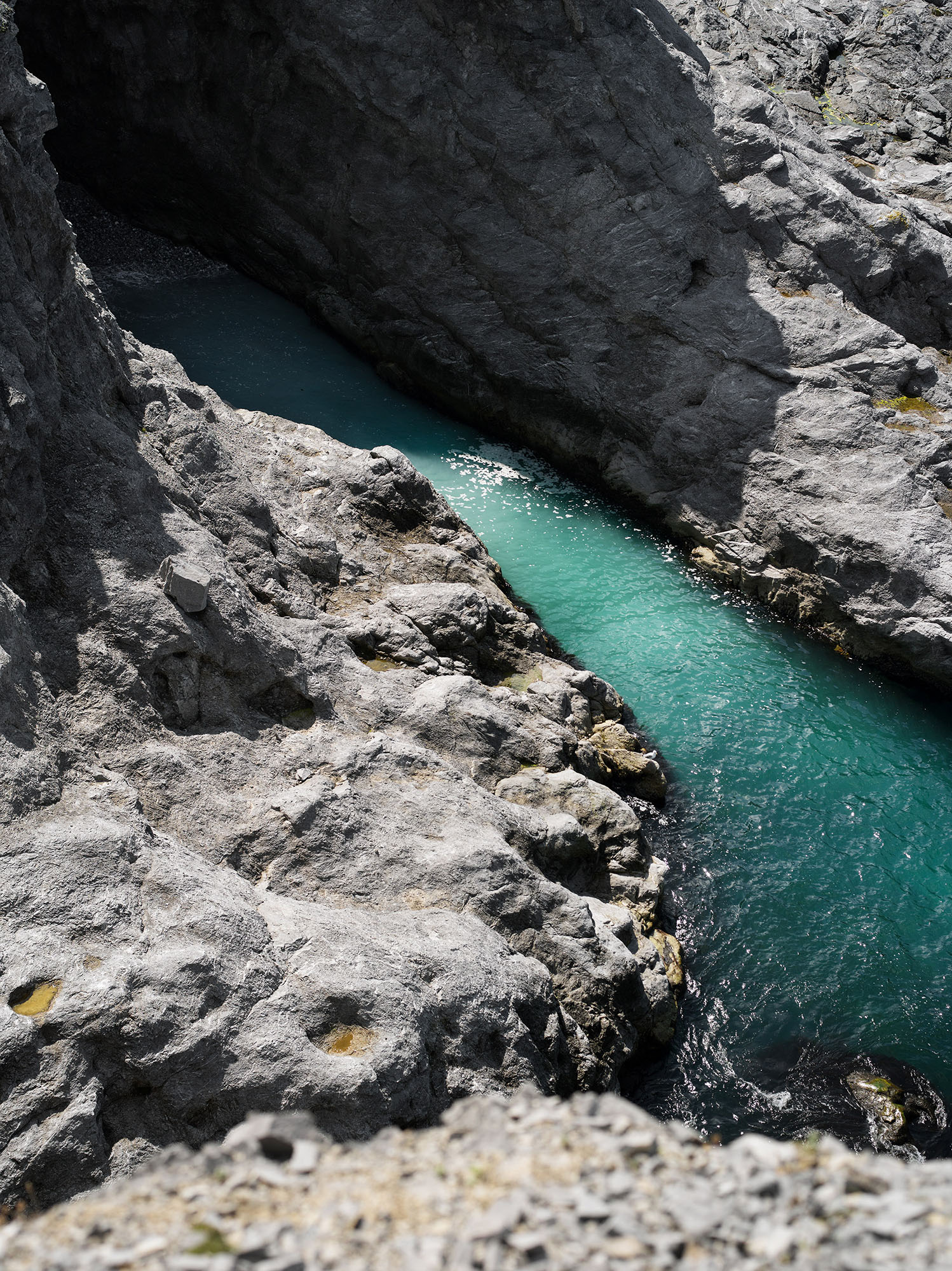
From the Series "Strata" by Ryan Arthurs
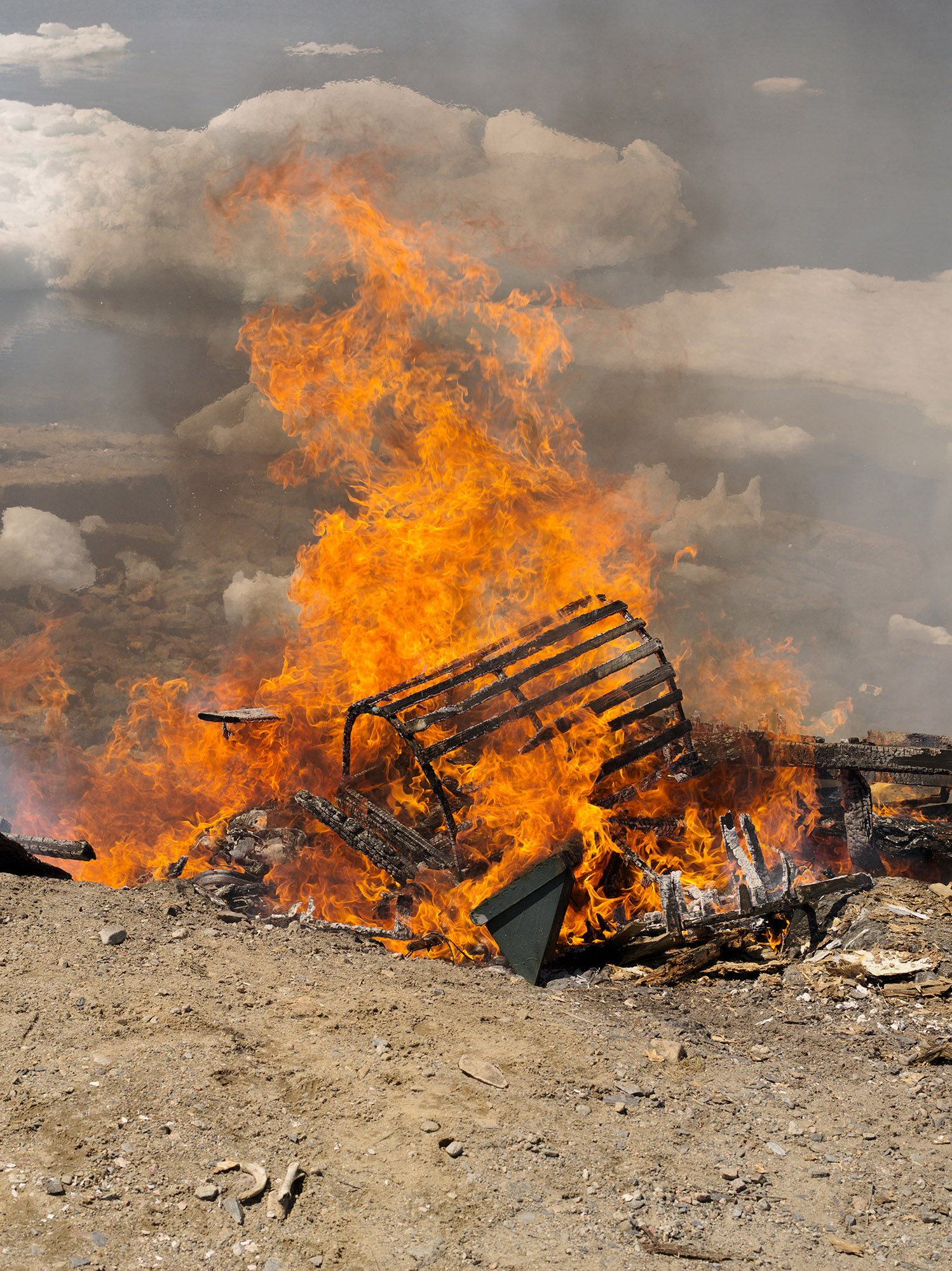
LBR. What can be learned from these spaces, especially today as people are increasingly migrating to what are considered centres?
RA. We live in a world that increasingly favors immediate, digital interaction and removal from the natural world. So much of our time is spent looking at screens, responding to emails, digital alerts and notifications. We’ve forgotten, or just simply failed to learn, what it takes to survive without our technologies, the convenience of our city-centered lifestyle.
Few of us get to truly experience isolation, and I mean deep isolation, places that lack cell service or GPS locationing. Places that require us to collect our own food and water, or provide our own shelter. These places serve as reminder of where we came from, the challenges we faced living without our modern comforts; running water, dry clothes, warm shelter. We rarely experience extreme weather, or being exposed to a passing storm. We’ve removed ourselves from the elements.
The off-the-grid way of life is full of challenges, adventure, independence and spontaneity. It tests us what we are made of, physically and emotionally. Our maturation from childhood to adulthood in contemporary life is marked by an array of certificates, diplomas and jobs. My own childhood followed these new realities. Because I had no other opportunities to physically and mentally test my limits, canoe tripping became my rite of passage. I’m fascinated by this tension between worlds and how I slip between them. This back and forth, push and pull between ancient and modern worlds, forested and paved environments, it’s central to who I am and how I balance my life.
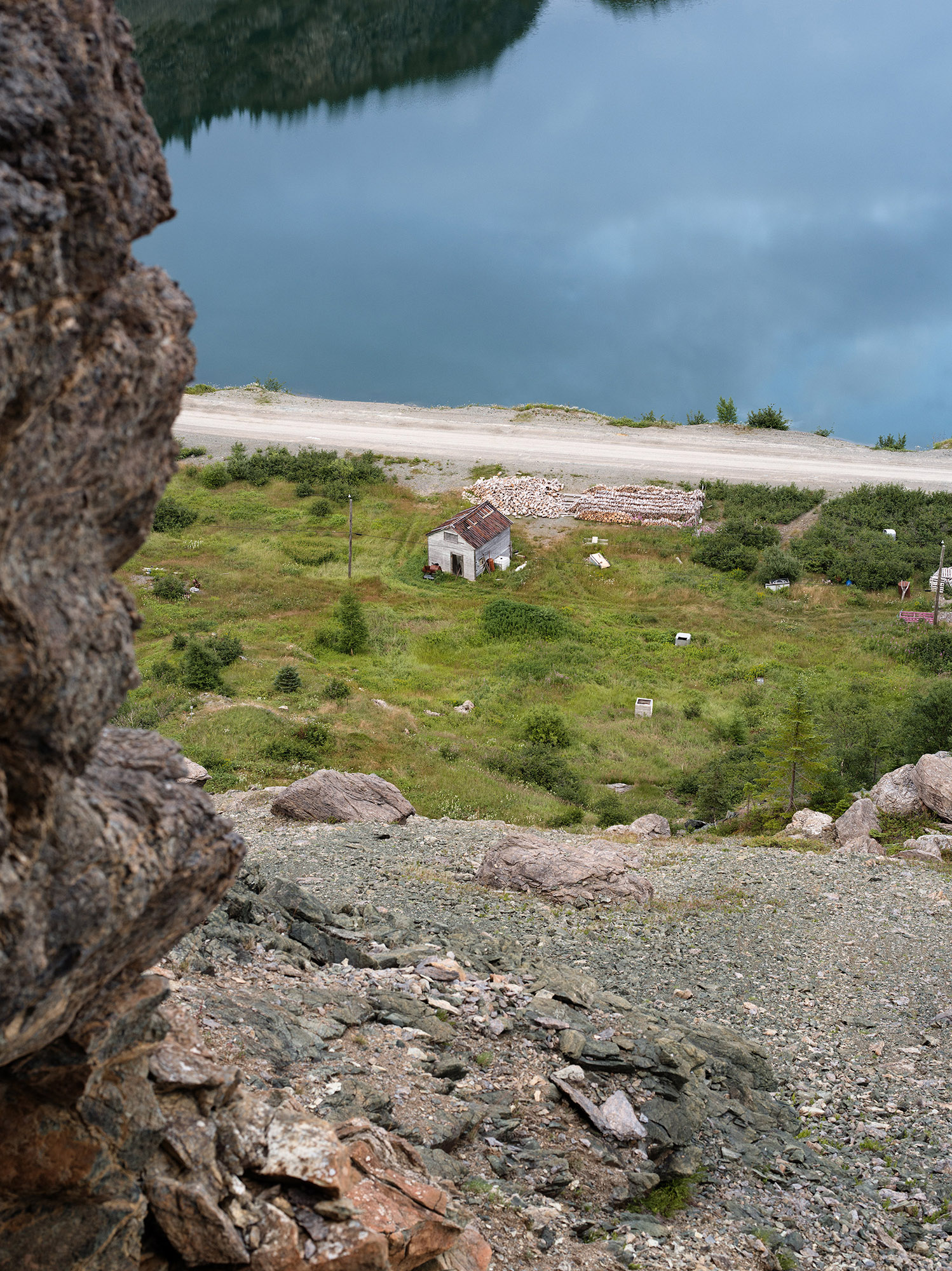
From the Series "Strata" by Ryan Arthurs
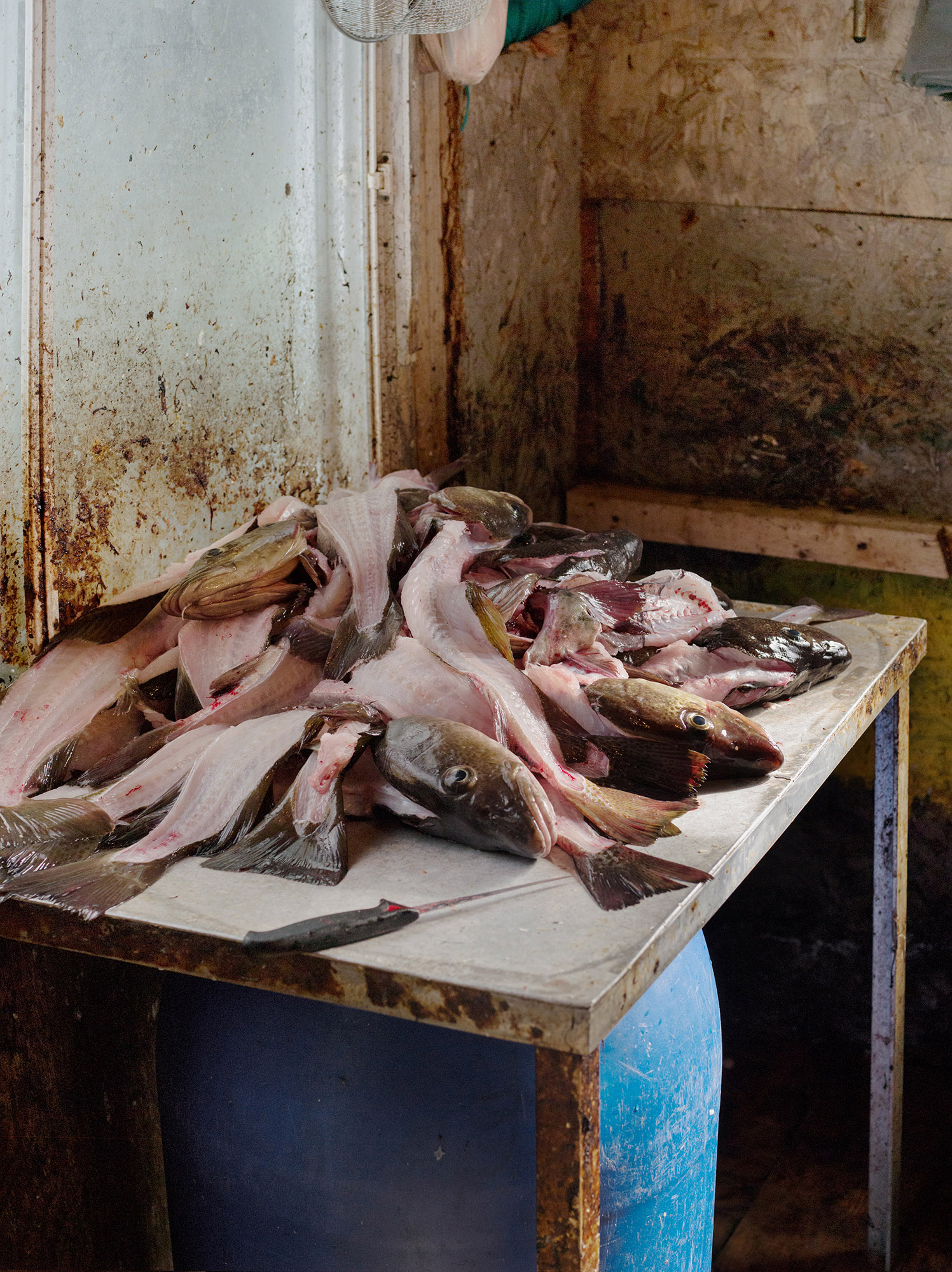
LBR. You write in your statement for Strata that “the role of the historian or storyteller is to piece together the fragments she has, and spin them into a narrative”, followed by a note that in your work, the viewer is the storyteller. Then what does that make you?
RA. That’s a good question. As the maker, I guess I wear many hats. But I guess my statement is asking that the viewer make their own narratives with the images, to become the storyteller. I certainly have my own research and experiences that inspired me to make the photographs, I also have ideas about the images after having made them. I make my associations, and arrange the images, in a way that makes a story to me. However, those stories will only be available to a viewer within a lecture or a direct conversation with and even then there may be something completely internal that may not be ‘transmittable.’ But that is something that I have to be ok with. Most people experience artwork without the maker present. I’m asking my viewers to tell their own stories, to draw on myths, legends, folk tales, or anecdotes to create a narrative. Not everyone will see the work in the same way, because they will all bring their own associations and histories with them; I present the work, and then let others pick at what draws them in, what links they create.
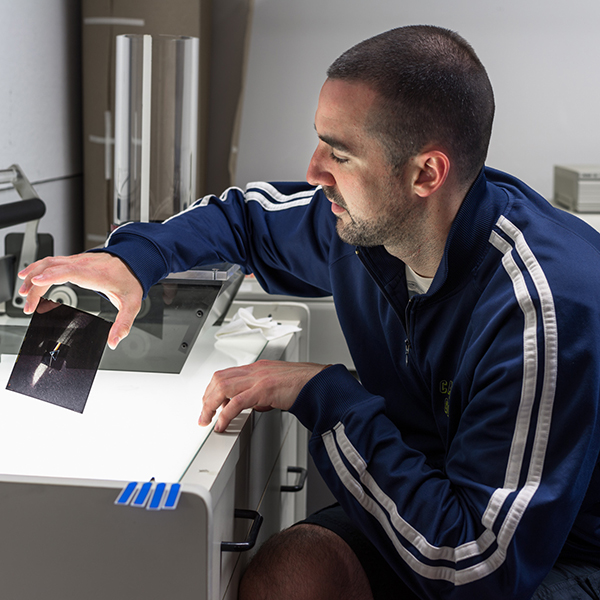
Ryan Arthurs is a visual artist living in Buffalo, New York. His work focuses on themes related to masculine identity. It explores the physical, mental, and bodily spaces where men go to assert their strength and prove themselves. Previous photographic series have focused on military men, outdoorsmen, white water kayaking and other adventure sports. Traversing harsh environments, his subjects, test the limits of their courage, flirt with danger, experience adrenaline, and rely on the bonds of friendship for survival.
He received his M.F.A. in Photography from Massachusetts College of Art and Design in 2012 and a B.F.A. in Studio Art from Carleton College in 2005. Ryan was a printmaking artist-in-residence at Anderson Ranch Arts Center in Snowmass Village, Colorado Fall 2017.
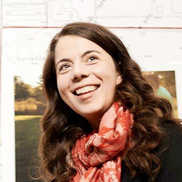
Laurence Butet-Roch, a member of the Boreal Collective and Muse Projects, is a freelance writer, photo editor, photographer and educator based in Toronto, Canada committed to encouraging critical visual thinking. Her words have appeared in the British Journal of Photography, The New York Times Lens Blog, TIME Lightbox, National Geographic, The New Yorker, Polka Magazine, PhotoLife, BlackFlash and Point of View. She is the editor of Flash Forward Flash Back.


